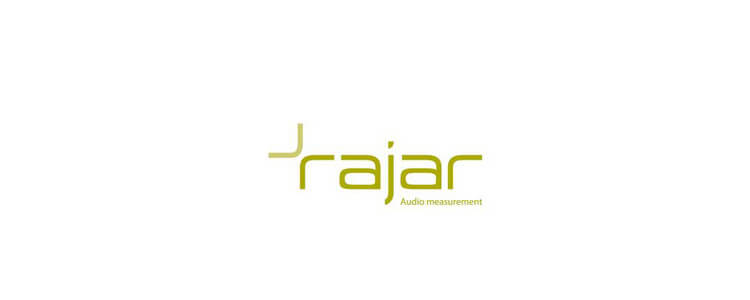RAJAR (Radio Joint Audience Research) is basically the scoreboard for radio in the UK. If you want to know who’s tuning in, when they’re listening, and on what device, this is where you look. Not random web stats — proper industry numbers. RAJAR’s been at it since 1992, jointly run by the BBC and Radiocentre. Every quarter they drop fresh figures the whole market treats as a reference point.
What RAJAR Actually Does
They track audiences across every platform — old‑school FM and AM, DAB, online streams, and smart speakers. Then they slice the data so:
- Broadcasters can build smarter schedules and shape shows that actually fit real listening habits.
- Advertisers decide where to put budgets for real impact, not guesswork.
- Analysts spot trends early and map how behaviour shifts over time.
How They Collect the Numbers
The backbone is the listener diary: participants log what they hear in 15‑minute blocks over a week — station, time, platform. The sample is big: over 100,000 people a year, which makes it one of Europe’s most detailed radio audience studies. In recent years they added electronic diaries and online tools, which makes tracking digital listening cleaner and easier for people to submit without fuss.
Key Metrics You’ll See in Reports
- Weekly Reach — number of people who tune in for at least the minimum weekly threshold.
- Average Hours — average time spent listening per listener per week.
- Share of Listening — a station’s slice of total listening hours in the market.
- Time Spent Listening (TSL) — total hours divided by reach; a quick read on loyalty.
- Average Quarter‑Hour (AQH) — average number of listeners during a 15‑minute window.
- Platform Split — how listening breaks down across FM/AM, DAB, online, and smart devices.
Trends Worth Noting (2024–2025)
- Heart stands as the UK’s largest radio network, topping 13.4 million weekly listeners.
- BBC Radio 2 sits close behind at roughly 13.3 million.
- Times Radio posted a near 30% rise in weekly reach.
- Digital listening — DAB, internet, smart speakers — accounts for well over 70% of total radio consumption.
- talkSPORT typically lifts audience during major sporting events.
Why It Matters
RAJAR figures shape real decisions: ad spend, programming clocks, even how stations position themselves. Without one trusted measurement, the market would drown in conflicting claims and soft numbers. Whether you’re a national network or a small community station, knowing your RAJAR story is like knowing the score — it tells you where you stand and what to do next.

